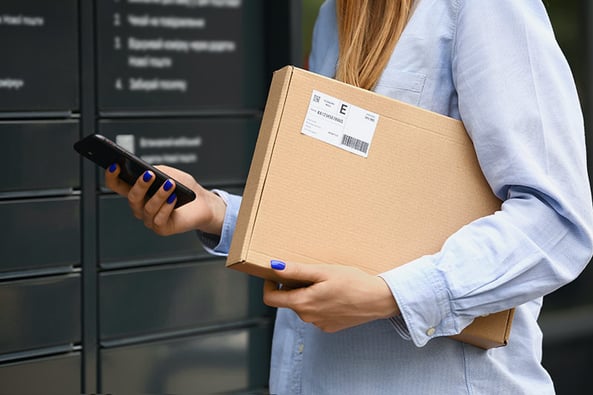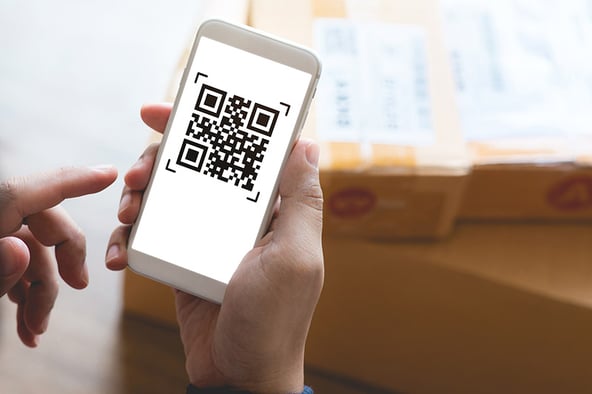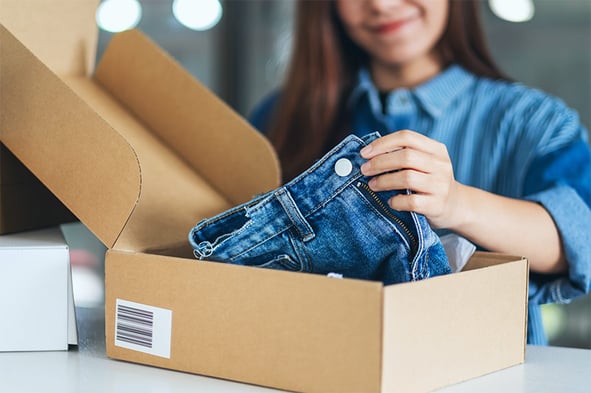Gone are the days when e-commerce retailers could treat returns management as a “necessary evil.” Now, instead of only focusing on returns as a cost factor, online retailers need to see them as a channel for boosting customer retention and repurchase rates.
Additionally, In the current international e-commerce climate, it’s clear that those who prioritize the customer experience are the ones gaining traction. So, it is no surprise that returns management is steadily becoming one of the most crucial factors in helping e-commerce actors differentiate and provide the most customer-centric experience possible. With that said, here are the returns management trends for 2022 that you need to know and act on!
Offering free returns
Although free returns have become the norm, you don’t have to offer them. EU law permits online retailers to pass on the costs of online returns to customers. You may well wonder whether free returns are necessary for all items, product categories, and customer groups.In many sectors, free returns are useful, strengthening customer loyalty and generating more sales. You can limit the scope of the free returns to optimize return costs and guide customer behavior. Here are a few examples:
-
Returns are only free for registered members or premium members; other customers must pay for returns!
-
Customers must pay for returns, but exchanging items (or exchange for store credit) is free.
-
Free returns are limited to specific product groups, markets or timeframes, like special seasonal promotions or during peak season.

Contactless returns
Since the onset of the COVID-19 pandemic, consumers have been buying online more than ever. On the one hand, it has increased consumers’ expectations regarding flexibility and created an increased demand for situations that require minimal contact – including online returns. Contactless returns via drop-off at self-service kiosks or parcel lockers will be key to gaining a competitive advantage in 2022. Not only do contactless facilities provide customers with the safety they desire, but drop-off points also offer the added benefits of no lines or waiting times and are (usually) open 24/7.

In-store returns
Although many customers prefer contactless returns, there are also good reasons why they might want to return their online purchases in-store. Here are three reasons why it’s worth offering this option, too:
-
Convenience: in-store returns are convenient for customers and lead to higher customer satisfaction.
-
Engagement: when customers return items in person, they interact more with the store, and it physically brings them back to the POS. It also relieves customers of the responsibility for handling the returns process and shipping the item.
-
Sustainability: many retailers even accept in-store returns unpackaged and without a printed return shipping label.
A digital returns process
Although we don’t know exactly how the volume of returns will develop over the coming year, we do know that digital processes create more convenience for customers – plus, they save retailers costs. A digital returns portal enables customers to initiate and take care of the returns process in just a few clicks. For instance, they can download the shipping label, if needed, or generate a QR code that they can take to a post office, where it can be scanned.
Digitalizing returns lays the groundwork for retailers to start automating many tasks, enabling them to gain an insight into data and workflows. In terms of business intelligence, digital returns management will give retailers a real competitive edge for the future, especially when it comes to analyzing customers’ shopping habits and then optimizing their business offering and services to match!

Quick refunds
Speed is definitely up there among the trends in returns processes for 2022. Digitalizing the process can help improve the quality of your service considerably. More specifically, automated processes enable customers to receive refunds more quickly, boosting customer satisfaction as a result. Retailers who digitalize their returns process don’t need to wait until the returned item is back in the warehouse.
Instead, they can set up rules in the system that trigger the refunds, such as when the item is scanned for the first time at the drop-off point or when the customer starts the returns process on the retailer's website or digital returns portal. This is why faster refunds will play an increasingly important role in customer satisfaction in 2022. If you’d like to know how the returns process affects customer loyalty, we’ve explained this in a separate post here.
Sustainable returns management
Consumers are paying attention to what retailers are or are not doing to protect the environment and are increasingly interested in using their purchasing power to support businesses taking steps towards sustainability. And of course, this trend extends to the returns as well. E-commerce retailers can help establish a strategy for more sustainable returns management through the following:
-
Returns labels and invoices included in the parcel are usually superfluous. It’s a better idea to send important documents by email or make them available to download and emphasize this sustainability angle in your customer communications!
-
Does your packaging contain polystyrene foam, plastic wrap, all manner of plastic materials, and three outer boxes? This approach to resource use will soon become unacceptable. Start using fewer packaging materials inside and out, and opt for materials that can be recycled or reused.
-
Bundling returns will play a vital role in cutting carbon emissions. This involves grouping together items and storing them at a local hub before being collectively sent back to the warehouse. This cuts down the number of miles traveled, thus reducing CO2 emissions.
See how your current returns solution measures up to these new trends and download our latest e-commerce returns management checklist!